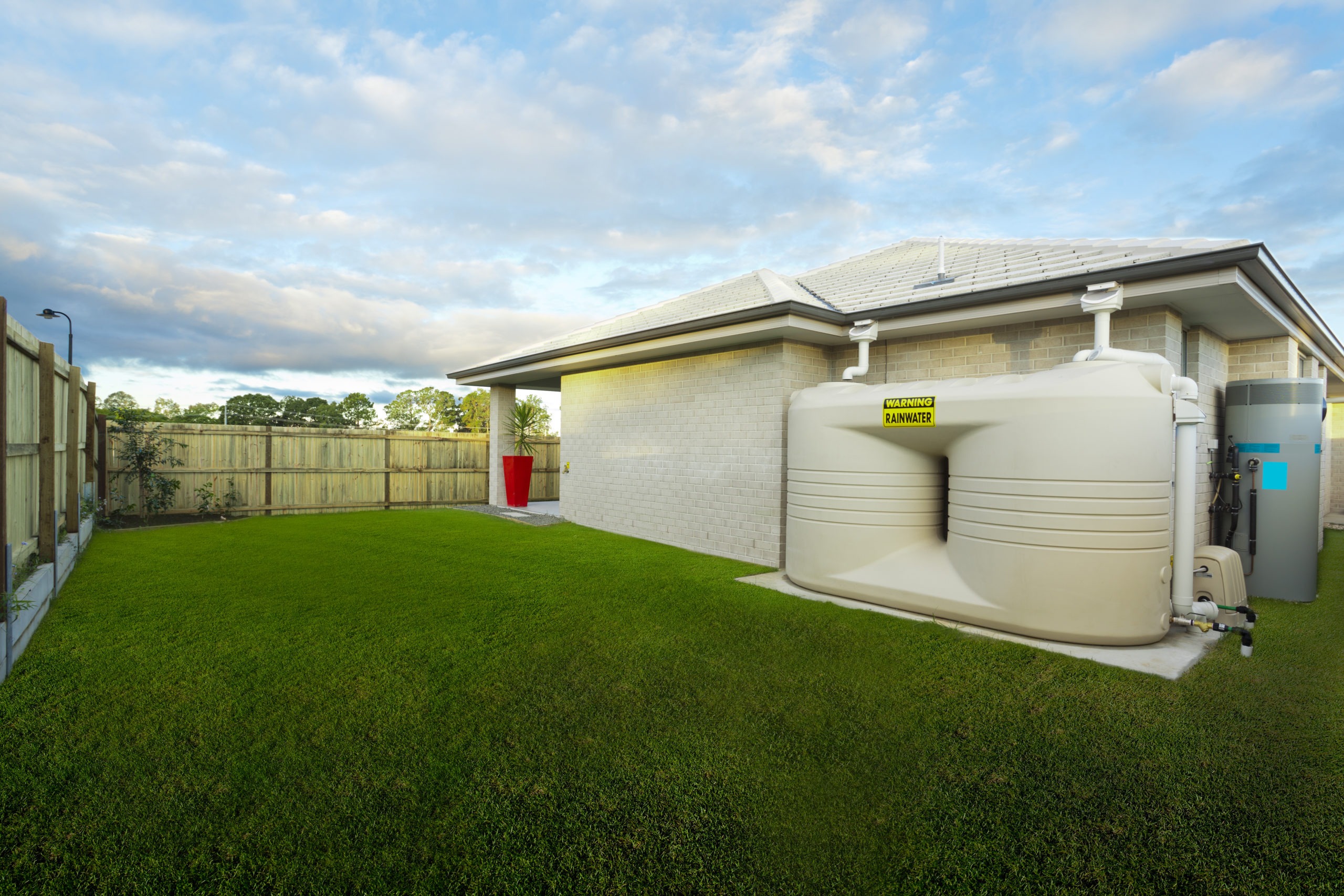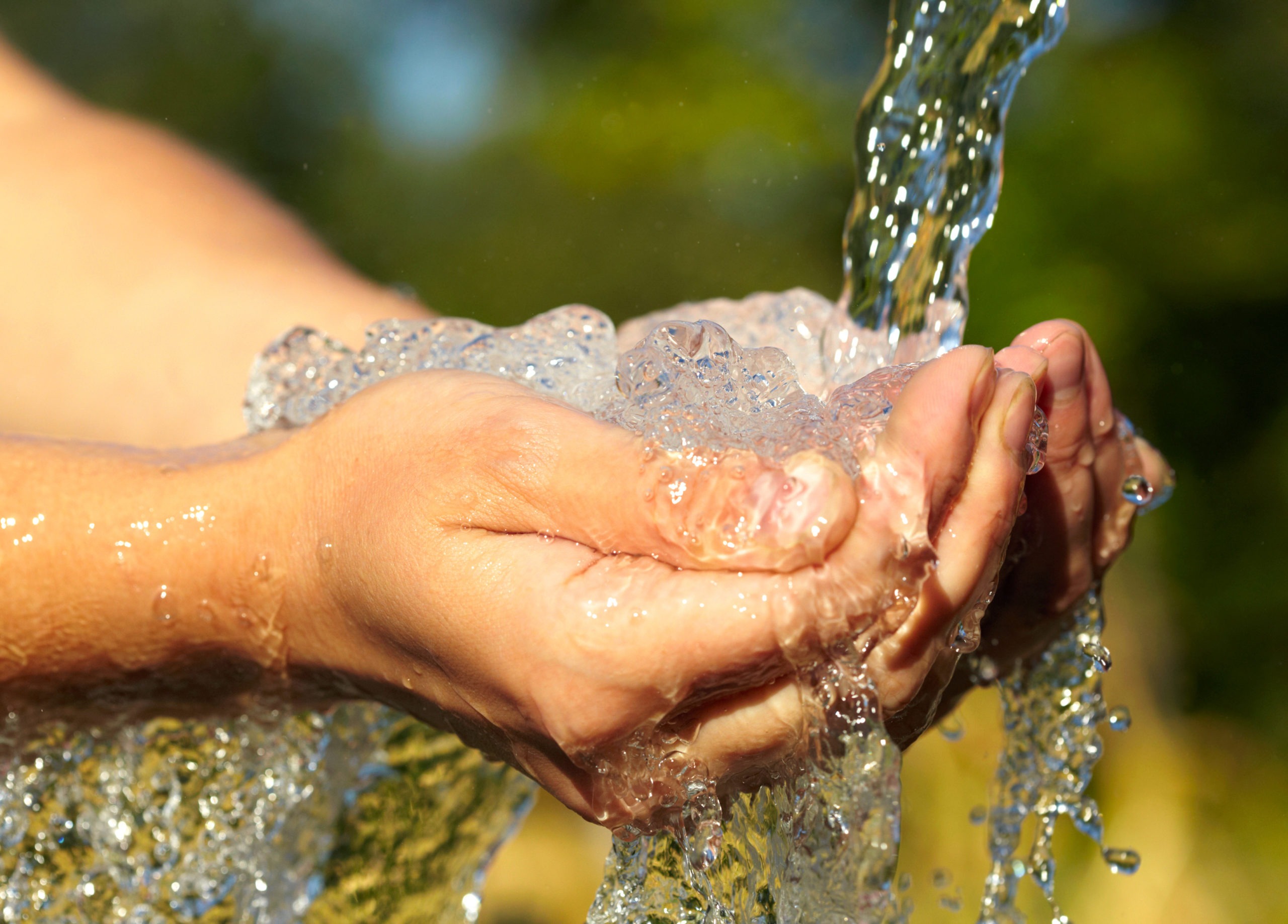Have you ever wondered how households could benefit if people collected rainwater every time? Though water quality may differ per location, rainwater is usually safe to use at home provided that it undergoes filtration and purification treatments. Some homeowners set up a rainwater collection system in their property to help them collect and store large amounts of water for their households.
Though not everyone will be comfortable substituting rainwater for drinking water, using it for the bathroom, washing clothes, gardening, and other activities in the household can lessen the family’s tap water consumption which can be cost-effective in the long run. Aside from all these, it can be a great way to help the environment.
Compared to tap water, rainwater wouldn’t need as much energy to be collected and supplied to a home, making it a greener alternative. Also, it’s an excellent way to take advantage of free, safe water, which would otherwise end up flooding the area.
Using rainwater for basic household chores may be possible as long as there’s enough safe water stored. If you’d like to know how you could safely store rainwater in your home, you can consider the following points:
1. Choose The Correct Rainwater Tank
When choosing a rainwater tank, there are three factors to consider: the space where you will place it, the available supply, and the household’s demand. Many families choose to set their rainwater tank on ground level and in a space that won’t block the view of your home. For practical purposes, they’re also frequently placed near the area where you will often use the rainwater, such as the bathroom, the kitchen, or the garden. We recommend you click the link if you need 2000l rainwater tank to make sure you get it from a legit supplier.
To determine the rainwater supply available to your household, you can search online for a rain catchment calculator or do it manually by multiplying the roof size in square meters with the monthly average rainfall in your area measured in millimeters. The result would be the number of liters of water catchment per month or the available supply of rainwater for your home. For the water supply-demand, you can multiply the number of occupants by 220 liters which is the average daily water consumption for adults. The demand will decrease if the rainwater is used only for specific purposes such as gardening, etc.
2. Clean The Storage Vessels
Rainwater storage tanks need to be cleaned and sanitized annually, but you can do this more often, depending on the cleanliness of your location. This is because dirt, debris, dried leaves, and animal droppings can accumulate in the roof, and these pollutants can get mixed with the rainwater before it’s collected in the tank. It’s best to ensure that the collection barrels and the water tank are cleaned regularly to avoid contaminating the water.
It’s also important to be on the lookout for signs that the water in your tank is safe to use. If you notice an unusual smell or color in the water, it may be due to sludge that’s settled on the bottom of your tank. In this case, it’s best to discard the water and have the vessels cleaned right away.
3. Use Filtration And Disinfection Systems
Rainwater is often exposed to several different substances and elements, making it unsafe for consumption or usage at home. This is why it’s essential to ensure that the water stored in your tank is clean and disinfected to avoid causing harm to your health.
Filtration is part of the harvesting process. Usually, multiple filters are installed in different parts of the rainwater gathering system to take out the debris and other particles effectively. For disinfection, homeowners have some options, including UV light, chlorine treatment, and ozonization.
4. Protect Water Vessels From Sunlight
Water storage units can grow algae over time, especially if exposed to sunlight. The algae in the water make it unsafe to use, so it’s best to prevent them from thriving in the storage vessels. One way to do this is to use ones made with opaque materials, which could effectively block the sunlight from entering. Many homeowners also paint the exterior of their water barrels and tanks with dark paint colors to repel the sunlight.
Conclusion
Many homeowners like you would want to have an alternative safe water source to use at home. Thus, rainwater may be an excellent option. It will be an advantage to learn how to safely collect and store rainwater suited to your household’s requirements and capabilities. Though it may seem like you’ll need to invest time and effort in ensuring the safety of the rainwater you collect, these can indeed pay off in the long run as you and your family can have access to safe and clean water.


